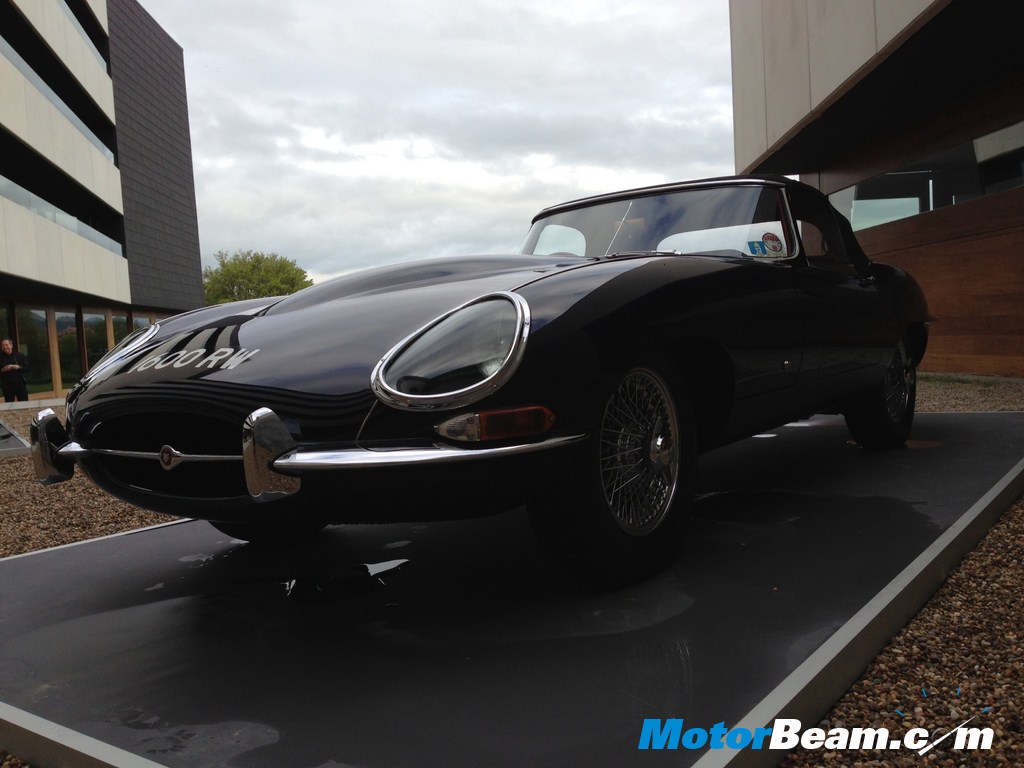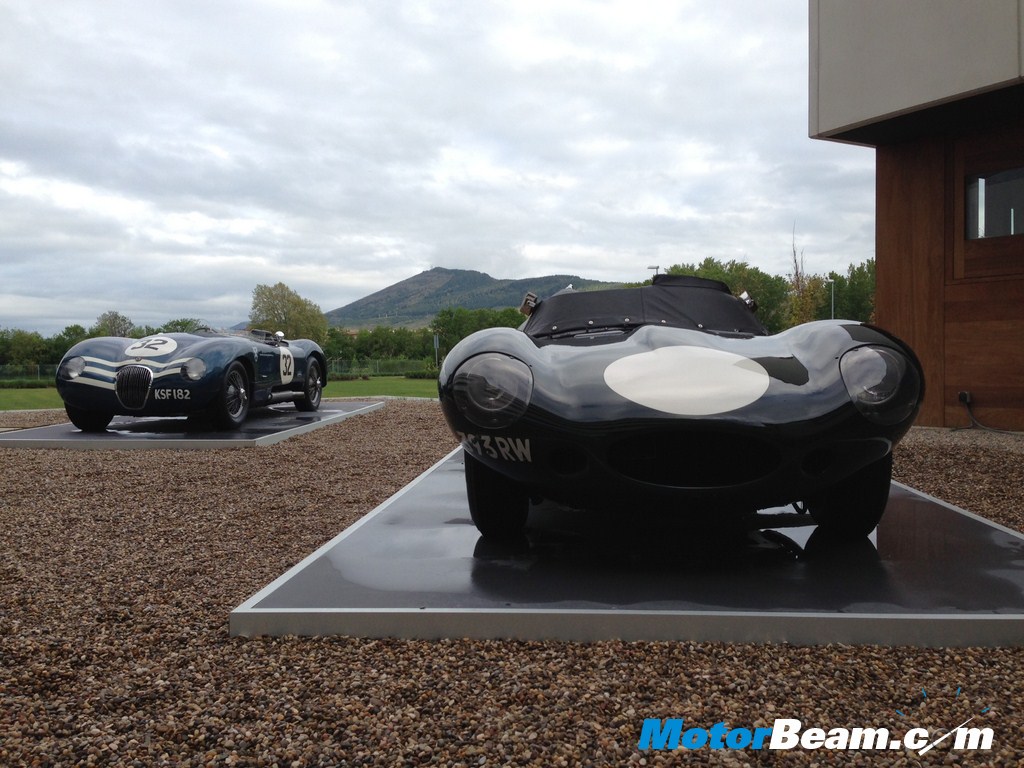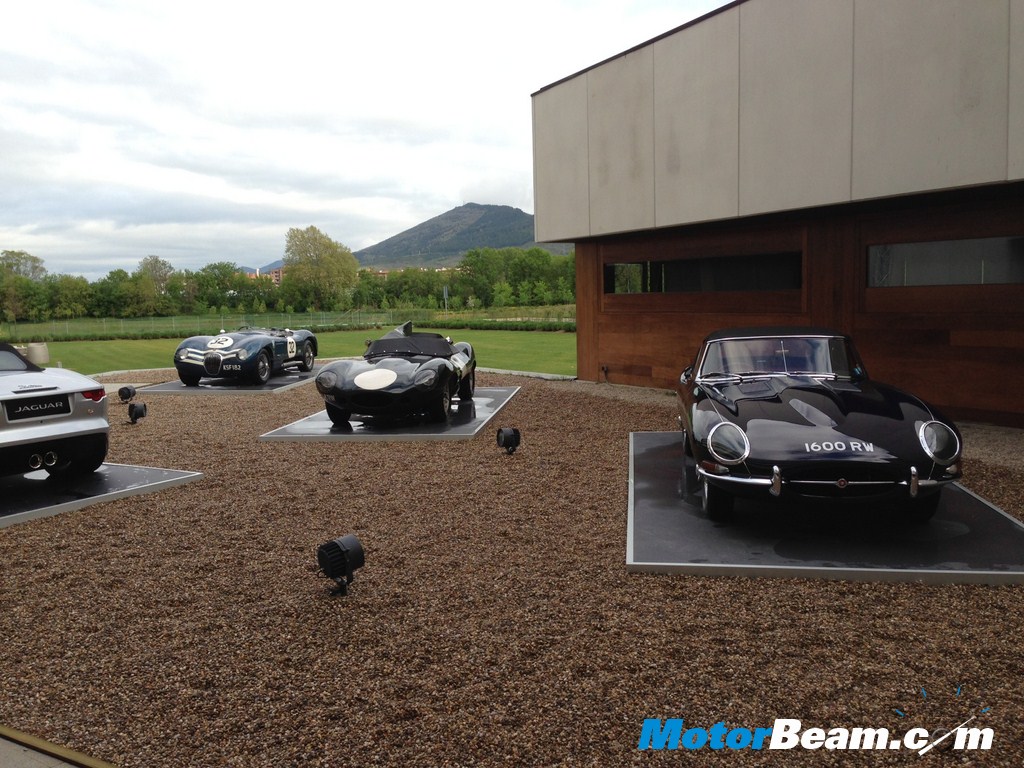The Jaguar E-Type roadster is the British automaker’s most fabled car, introduced to the world in March 1961 at the Geneva Motor Show. The two-door roadster was well known for its head turning design with gorgeous styling elements, competitive pricing and strong performance, which helped Jaguar to sell out more than 70,000 examples of the E-Type. The Jaguar E-Type was manufactured between 1961 and 1974 and was one of the most respected sports cars around the globe, even Mr. Enzo Ferrari mentioned the E-Type as the most beautiful car ever made.
Jaguar launched the E-Type initially with two avatars, a fixed head coupe and a two seater convertible, followed years later by a four-seater coupe with increased wheelbase. First up was the Series 1 Jaguar E-Type, launched with an option of a 6-cylinder 3.8-litre and a 4.2-litre engine. The 3.8-litre version was the base trim level, which had leather-upholstered bucket seats, aluminium-trimmed centre instrument panel and console. Whereas the 4.2-litre cars had more comfortable seats, improved brakes and electrical systems mated to an all-synchromesh four-speed gearbox.
Then came the Series 2 Jaguar E-Type that was introduced in 1969 with open headlights without glass covers, wrap-around rear bumper, larger front indicators and re-positioned tail lights, better cooling aided by an enlarged vents and twin electric fans along with upgraded brakes. Air conditioning and power steering were available as factory options with the Series 2 E-Type. The Series 3 Jaguar E-Type unveiled in 1971 came with drastic changes inside out including a powerful 5.3-litre V12 engine upgraded with new brakes and power steering came as standard.
The Jaguar E-Type was actually a successor to the performance oriented D-Type sports car. The Jaguar D-Type was a serious performance car, introduced in 1954, featuring a monocoque construction with aerodynamic efficiency to reduce air drag. The D-Type won the Le Mans 24-hour race one after the other in 1955, 1956 and 1957. There was a predecessor to the D-Type too, known as Jaguar C-Type, sold between 1951 and 1953 with a total of 55 examples made. The C-Type featured a light weight aerodynamic aluminium body, housing a 3.4-litre twin-cam, straight-6 engine. Recently Jaguar has come with the all-new F-Type to continue the legacy of the British automaker.







